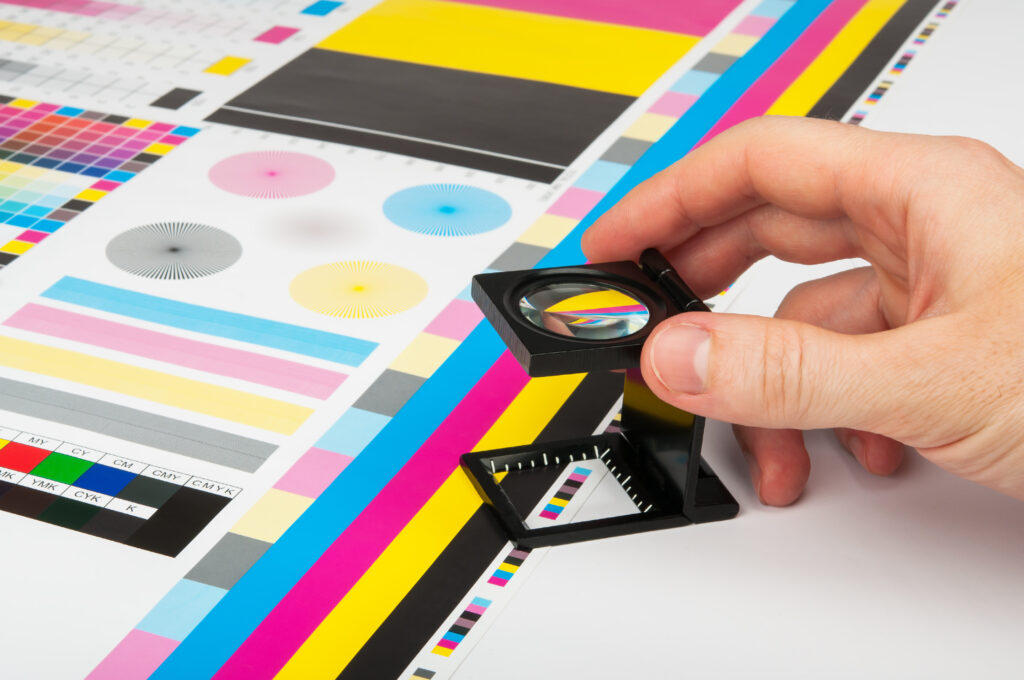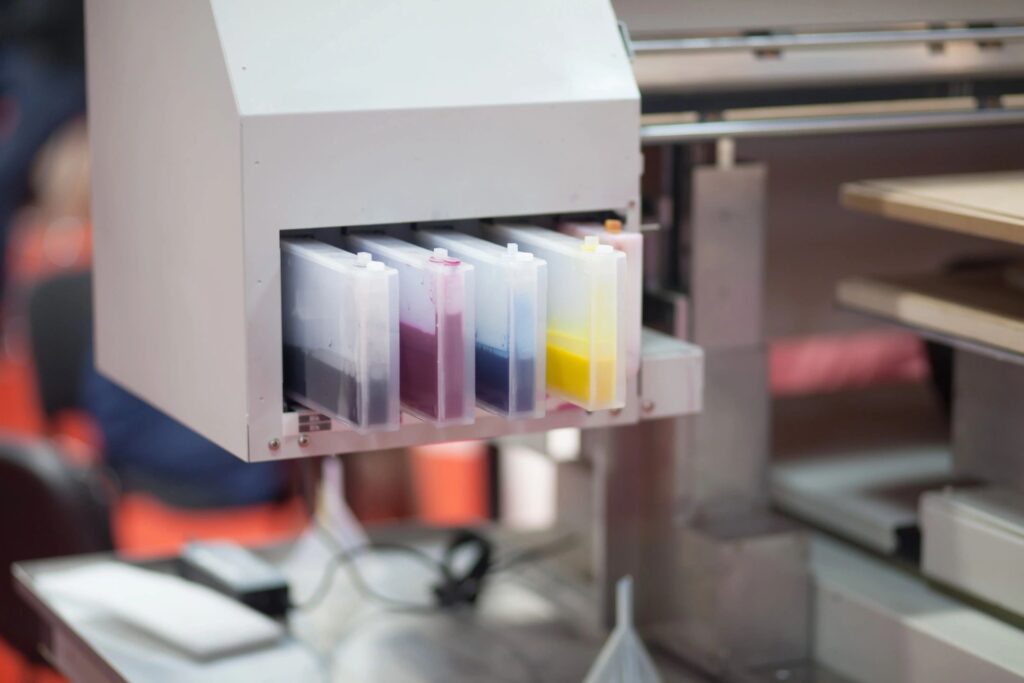Digital Ink Technology: Expertise in Advanced Inkjet Ink Formulations
At Digital Ink Technology, we bring Expertise in Advanced Inkjet Ink Formulations in developing and manufacturing a broad range of inkjet ink technologies. Our commitment to innovation and quality allows us to create, customize, and manufacture solutions tailored to your specific needs. Below is an overview of the advanced inkjet ink types we produce.
LED Curable Inks
LED curable inks are designed to cure instantly under light-emitting diodes (LED) at a wavelength of 395nm, although we can formulate inks for other wavelengths as needed. These inks transition from liquid to solid upon exposure to LED light, delivering dry, ready-to-use, ready-to-ship prints and products. LED technology generates significantly less heat compared to traditional UV systems, enabling printing on heat-sensitive substrates.
Our LED curable inks are compatible with low and high-viscosity printheads from major manufacturers and support applications including flatbed, single-pass, and roll-to-roll printing.

UV Curable Inks
Similar to LED inks, UV curable inks use mercury arc lamps for curing. These lamps emit a broader light spectrum, allowing for a wider range of photoinitiator options. However, UV lamps generate more heat, release ozone, use mercury, and require regular replacement, making them less environmentally friendly.
While UV curing remains effective, many printers are transitioning to LED technology due to its lower operational costs, reduced environmental impact, and substrate versatility.
Eco-Solvent Inks
Eco-solvent inks are an operator-friendly alternative to traditional solvent inks. They use slower-drying, lower-VOC solvents, resulting in reduced odor, improved nozzle open time, and a healthier work environment. These inks are widely used in wide-format applications such as banners, vinyl signage and vehicle wraps.

Full Solvent Inks
Full solvent inks, known for their durability and adhesion, are in decline due to high VOC levels and the need for ventilation during use. Though they are still prevalent in some markets, they are increasingly replaced by environmentally friendly alternatives like water-based, eco-solvent, and LED curable inks.
Water-Based Inks
Water-based inks are ideal for printing on paper and coated substrates. These formulations use heat to evaporate water from the substrate, often incorporating minimal solvents and additives to enhance performance. Thermal printheads are commonly used for water-based printing applications.

Latex/Resin Inks
Latex and resin inks are water-based solutions that utilize a latex resin as bonding agents for substrate adhesion. Recent advancements have expanded their compatibility with diverse substrates, with printable primers further enhancing versatility. These inks are formulated for both thermal and piezo printhead technologies.
Dye Sublimation Inks
Dye sublimation inks utilize dyes instead of pigments to achieve vibrant, high-quality colors. These inks are applied to specialized substrates and processed through sublimation, a technique widely used in garment printing and fabric signage.
Primers
Primers are essential for achieving adhesion on challenging substrates. These can be applied as a wipe-on solution or jetted through the printer. Depending on the application, different primers may be required to ensure optimal performance.
At Digital Ink Technology, we prioritize delivering cutting-edge solutions to meet the diverse demands of our customers. Whether you need standard formulations or customized solutions, our expertise ensures superior performance and consistent results. Reach out to us today to discuss your inkjet ink requirements.